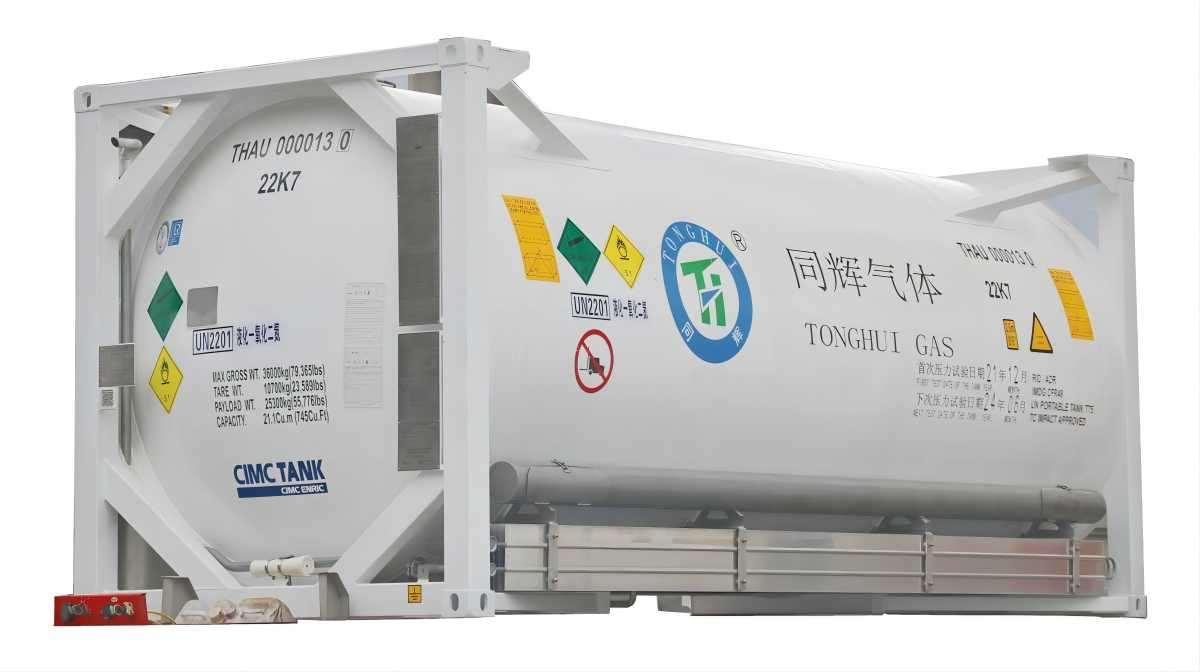Transportation Notes for Nitrous Oxide Tank

Transportation Notes for Nitrous Oxide Tank
When transporting a nitrous oxide tank, safety and compliance should always be the top priorities. Nitrous oxide (N₂O) is a compressed gas that requires careful handling due to its pressurized nature and potential hazards if misused. Here are a few key transportation notes to keep in mind:
Secure Upright Position: Always transport the nitrous oxide tank in an upright and secured position. This prevents rolling, impacts, or valve damage during transit.
Proper Ventilation: Ensure the vehicle has adequate ventilation. In case of a leak, proper airflow minimizes the risk of gas buildup, which could lead to health hazards or suffocation.
Labeling and Documentation: The tank must be clearly labeled with appropriate hazard warnings. If transporting commercially, follow local and international regulations such as DOT, ADR, or UN guidelines.
Temperature Control: Avoid exposing the tank to direct sunlight or high temperatures. Nitrous oxide expands under heat, which could increase pressure and risk of rupture.
No Smoking or Open Flames: Never transport the tank near open flames or while smoking. Although nitrous oxide is non-flammable, it supports combustion and can intensify fires.
Whether for industrial, medical, or food-grade use, following these transportation tips helps ensure the nitrous oxide tank reaches its destination safely and in compliance with legal standards.
- Art
- Causes
- Crafts
- Dance
- Drinks
- Film
- Fitness
- Food
- Jogos
- Gardening
- Health
- Início
- Literature
- Music
- Networking
- Outro
- Party
- Religion
- Shopping
- Sports
- Theater
- Wellness


